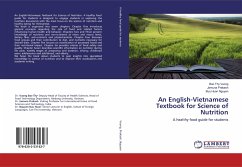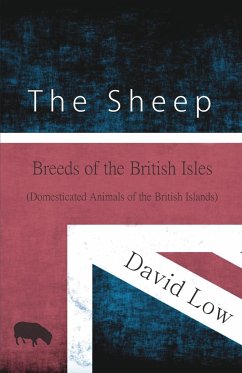The overall goal of this study was to characterize the genetic diversity of the Vietnamese local chicken breeds and to identify population priorities for conservation. The specific aims were 1) to assess and explain the population genetic structure of the Vietnamese breeds, 2) to characterize the Vietnamese breeds in relation to the Chinese breeds and wild chickens, 3) to estimate conservation potentials for conservation priorities of the Vietnamese breeds, and 4) to define an optimal allocation of limited conservation funds to them. First genetic diversity within and between the Vietnamese breeds was analysed at the autosomal level using 29 microsatellites. A total of 353 individuals of nine Vietnamese local breeds and two breeds of Chinese origin were studied. The Vietnamese breeds were sampled from the northern and southern parts of Vietnam while the two Chinese breeds (NIAS Chinese breeds) have been kept at the National Institute of Animal Sciences, Hanoi. The results revealed a high level of diversity within Vietnamese breeds. Analysing the genetic structure using the software package STRUCTURE suggested an optimal clustering at K = 6. These groups encompassed four homogeneous clusters, one formed by the two Chinese breeds and the other three representing a single breed each: the Mekong Delta breed Ac, the South Central Coast breed Choi, and the Red River Delta breed Dong Tao. The six remaining breeds formed two additional admixed clusters. This finding indicates that sub-structuring of the Vietnamese chicken breeds is related to their geographical distribution. The two NIAS Chinese breeds are genetically distinct from the Vietnamese breeds.








